The Prosody of Pingala: A Treatise of Vedic and Sanskrit Metrics with Applications of Vedic Mathematics : With Hindi & English Translation : Largely … in Terms of Modern Mathematics of Pratyayas
Original price was: ₹350.00.₹315.00Current price is: ₹315.00.
Description
Understanding the Foundations of Pingala’s Prosody
Pingala, an esteemed ancient scholar, is most notably recognized for his seminal contributions to the field of prosody, particularly within the realms of Vedic and Sanskrit metrics. His work laid the groundwork for understanding the rhythm and structure prevailing in classical literature. Prosody, the study of poetic meter, serves as a vital framework within which these ancient texts are analyzed. The application of rhythmic patterns creates a cadence that is not only aesthetically pleasing but also enhances the memorability of Vedic scriptures.
In his treatise, Pingala introduced various forms of meter, or “chanda,” that underscore the significance of vowel and consonant arrangements. Each type of meter, ranging from simple to complex, contributes to the emotional and thematic essence of the poetry. For instance, the “Anushtubh” meter, known for its harmonious structure, is widely utilized in Sanskrit literature. Likewise, the “Trishtubh” and “Jagati” meters exhibit unique rhythmic qualities that enhance the listening experience, making the oral transmission of these texts more effective.
The significance of prosody cannot be overstated when examining Vedic texts. These metrics not only provide rhythm but also encode deeper philosophical meanings, facilitating the interpretation of spiritual concepts. The interplay between sound and meaning is crucial, as the incantations and chants of Vedic scriptures rely heavily on prosodic techniques to evoke the intended spiritual resonance.
Moreover, Pingala’s research unveils fascinating mathematical principles underlying prosody, establishing a unique connection between linguistics and mathematics. The binary representation of syllables he employed mirrors the foundational concepts in Vedic mathematics, paving the way for complex numerical computations. This intertwining of prosody and mathematics not only enriches our understanding of Vedic literature but also highlights Pingala’s lasting influence on both linguistic and mathematical disciplines. Ultimately, his work serves to bridge the gap between the arts and sciences, providing insights into the timeless nature of Vedic wisdom.
Applications of Vedic Prosody in Modern Contexts
The teachings of Pingala, one of the foundational figures in the study of Vedic prosody, extend far beyond their ancient origins, finding relevance in contemporary fields such as linguistics, literature, and mathematics. In the realm of linguistics, the understanding of Vedic metrics offers insights into phonetics and phonology. By examining the rhythmic patterns established in Sanskrit poetry, linguists can illuminate the inherent structures of various languages, enhancing our comprehension of language acquisition and processing. This appreciation of rhythm also informs modern poetic forms and can inspire contemporary writers to explore diverse metrical patterns.
Moreover, the relevance of Vedic prosody in literature is evident as modern authors incorporate its principles into their works, staying true to traditional forms while also innovating new styles. The intricate relationship between sound and meaning in these poetic forms highlights the importance of rhythm in effective communication and artistic expression. The deliberate structuring of verse through prosodic techniques not only elevates literary craft but also fosters a deeper emotional response in readers, bridging cultural gaps through shared human experiences.
In mathematical contexts, the application of Vedic prosody brings together ancient wisdom and modern computational techniques. Vedic mathematics, with its emphasis on sutras and mental calculations, aligns well with principles of algorithmic thinking that are prevalent in the digital era. By studying the algorithms encoded in ancient texts, mathematicians can glean methodologies that enhance computational efficiency and foster innovative problem-solving approaches. Understanding these connections underlines the potential for integrating traditional mathematical practices into current educational frameworks, promoting a comprehensive learning experience.
Furthermore, the cultural significance of Vedic studies and Sanskrit literature speaks to a rich heritage deserving of preservation. Revitalizing interest in these traditional practices not only honors our past but also enriches present-day society, encouraging cross-disciplinary exchange and fostering appreciation for the arts and sciences alike.
Additional information
| Weight | 400 g |
|---|---|
| Dimensions | 22 × 14 × 2 cm |
Only logged in customers who have purchased this product may leave a review.
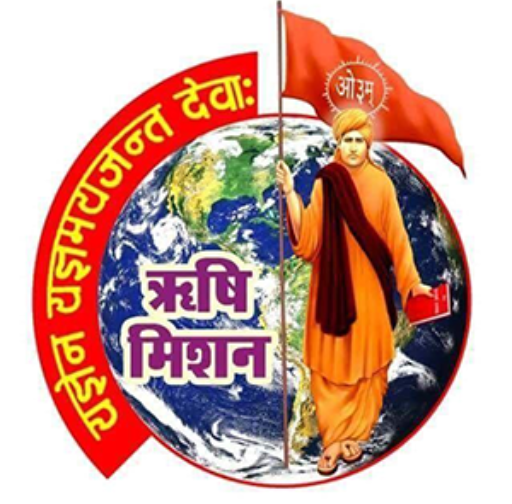
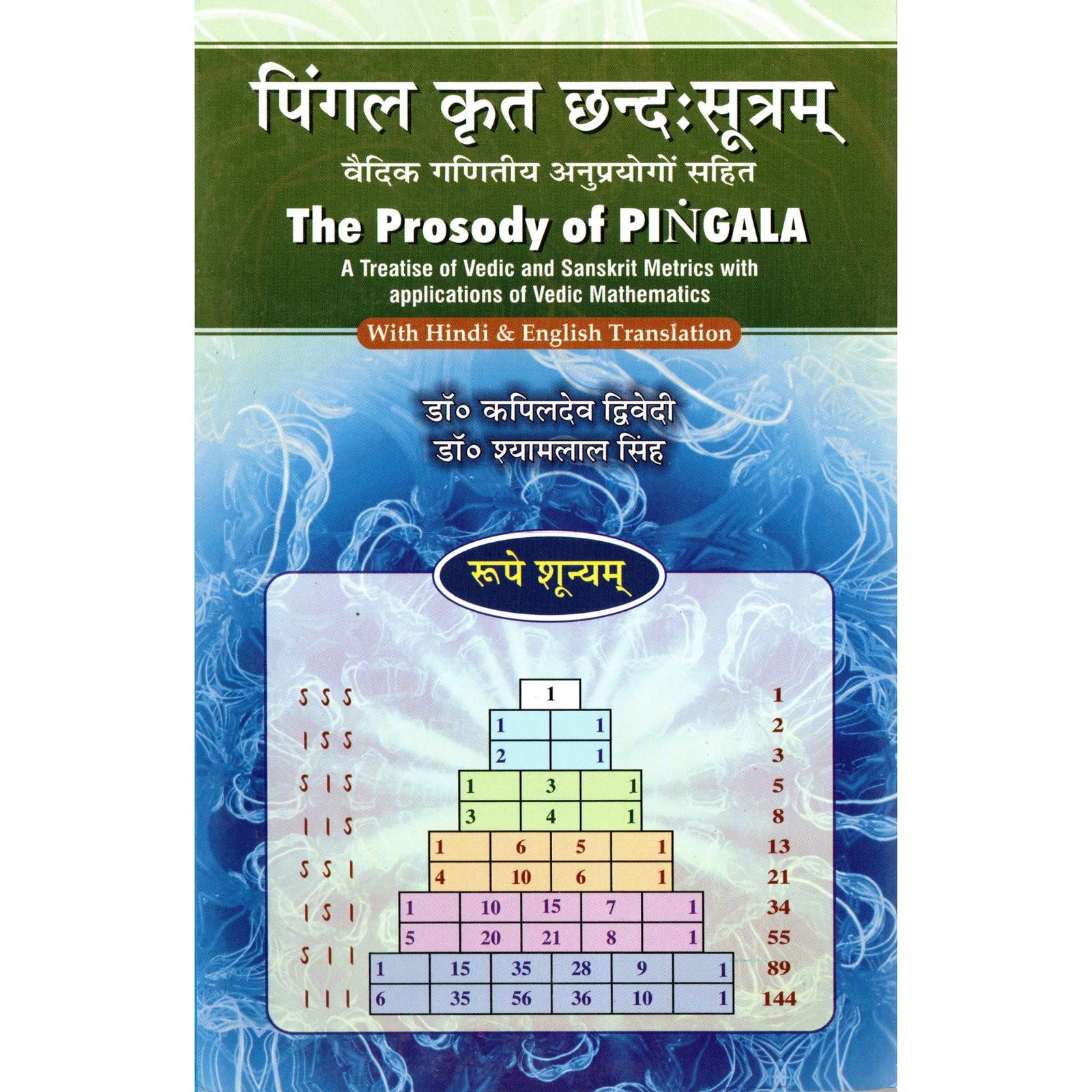
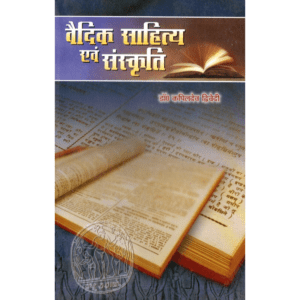
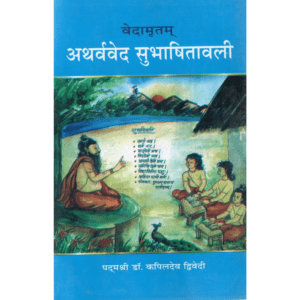
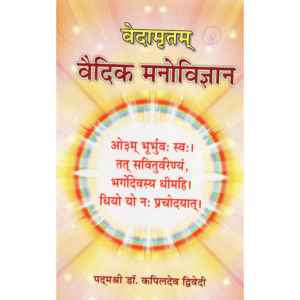
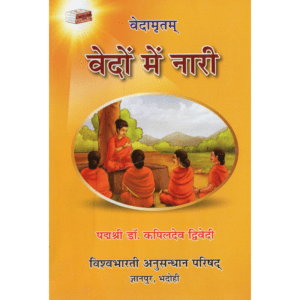
Reviews
There are no reviews yet.